Unveiling the secrets behind a lush, vibrant lawn. Have you ever wondered about the price tag for revitalizing your lawn’s health through dethatching?
Prepare to embark on a journey of discovery as we delve into the fascinating world of lawn care costs, revealing the true investment required to unleash the hidden potential of your green oasis.
How Much Does It Cost to Dethatch a Lawn?
The cost of dethatching your lawn can vary depending on several factors. Typically, you can expect to find prices ranging from $160 to $225 for this service. On average, homeowners allocate around $190 per hour to tackle their lawn dethatching needs.
For larger and more intricate projects, the price may climb as high as $1,570, reflecting the additional time and effort required. Conversely, those with smaller lawns can benefit from a more budget-friendly approach, with costs starting as low as $105, especially if the dethatching process can be completed within a shorter time frame.
Ultimately, the cost of dethatching your lawn is influenced by the scale and complexity of the task at hand, ensuring that each homeowner finds a tailored solution for their unique needs.
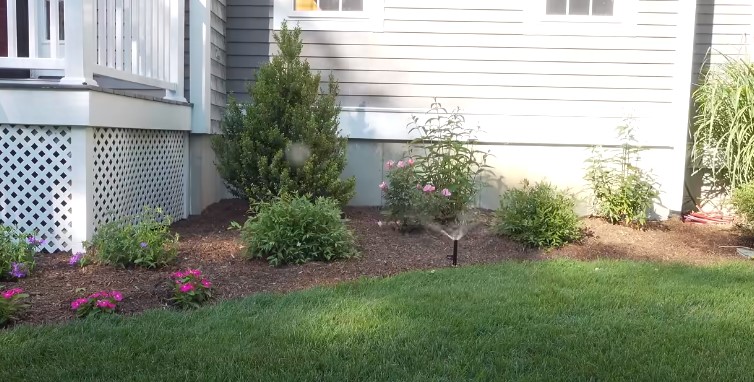
What Are the Different Cost Factors to Dethatch a Lawn?
Below are the different cost factors to dethatch a lawn:
Labor
When considering the cost factors associated with dethatching a lawn, labor plays a significant role. The amount of labor required directly impacts the overall price of the service. The complexity and size of the lawn determine the time and effort invested by the professionals.
On average, homeowners can expect to spend around $190 per hour for labor costs related to dethatching. Larger and more intricate lawns will naturally require more time and manpower, leading to a higher price range, potentially reaching up to $1,570.
Conversely, homeowners with smaller lawns can benefit from a more cost-effective approach, with prices starting as low as $105, as dethatching these areas can be completed within a shorter time frame.
It’s crucial to consider labor costs when budgeting for dethatching, as professional expertise and equipment play a crucial role in achieving optimal results.
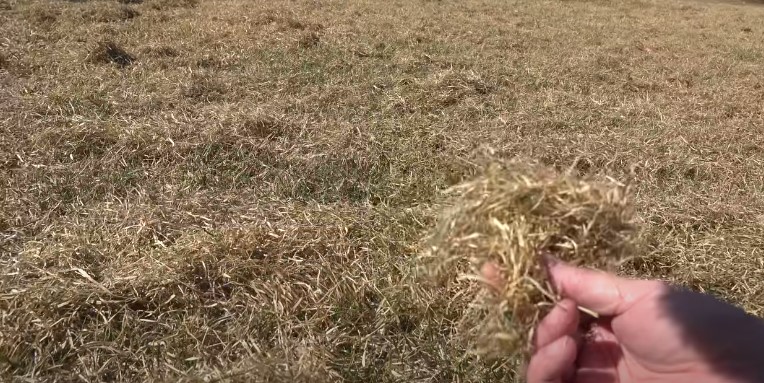
Lawn Size
Lawn size stands as a prominent cost factor when it comes to dethatching. The size of your lawn directly influences the amount of time, effort, and resources required to complete the task. Larger lawns naturally demand more labor, as well as additional equipment and materials.
Consequently, the overall cost tends to increase accordingly. Homeowners with expansive lawns can anticipate prices on the higher end of the spectrum, potentially reaching up to $1,570 for more extensive and intricate dethatching projects.
On the other hand, those with smaller lawns enjoy the advantage of lower costs, as the dethatching process can be accomplished within a shorter time frame. Smaller lawns may see prices as low as $105, making it a more affordable option.
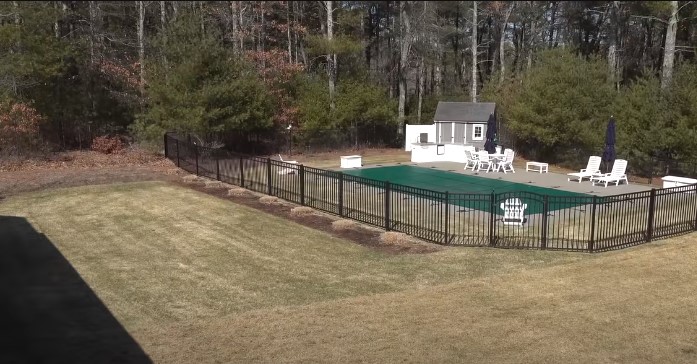
Topography
Topography is a crucial cost factor to consider when dethatching a lawn. The topography refers to the physical features and contours of the land.
Lawns with complex topography, such as steep slopes, uneven surfaces, or intricate landscaping, require additional effort, expertise, and specialized equipment to effectively dethatch.
The challenging terrain can make the process more time-consuming and labor-intensive, which in turn impacts the overall cost. Dethatching on hilly or sloping lawns may involve extra precautions to ensure safety and achieve satisfactory results.
The intricate topography may also require specific techniques or adjustments in equipment, further influencing the pricing.
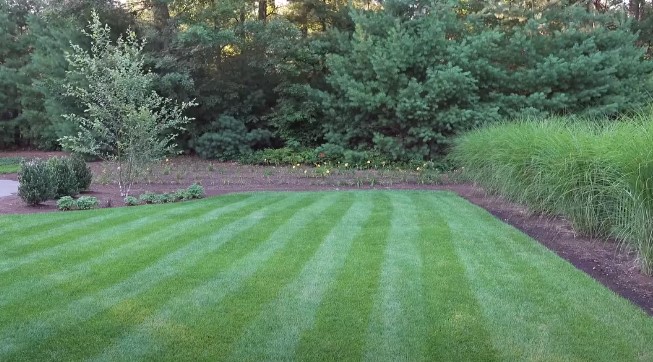
Thatch Amount and Type
The amount and type of thatch present in your lawn is a significant cost factors to consider when planning for dethatching. Thatch refers to the layers of dead grass, or debris that piles up between your soil and vegetation.
If your lawn has a substantial build-up of thatch, the dethatching process becomes more labor-intensive and time-consuming.
More thatch requires additional effort and equipment to effectively remove, leading to higher costs. The type of thatch also plays a role, as certain types, such as compacted or heavily intertwined thatch, can be more difficult to remove compared to loose or lighter thatch.
The density and thickness of the thatch layer influence the amount of work required and the duration of the dethatching process.
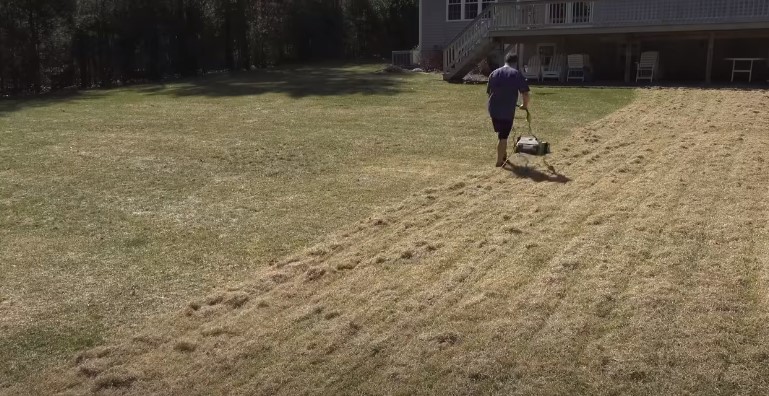
Equipment Choice
The choice of equipment for dethatching your lawn is an important cost factor to consider. There are various types of dethatching equipment available, ranging from manual tools to power rakes and dethatching machines.
The cost of equipment can vary significantly, with more advanced and efficient machines typically being more expensive to rent or purchase.
The size and condition of your lawn also impact equipment choice. Larger lawns may require larger and more powerful equipment, which can increase the cost. Additionally, some lawns may require specialized equipment based on specific needs, such as uneven terrain or dense thatch.
It’s important to select the right equipment for the job to ensure optimal results and minimize any potential damage to the lawn.
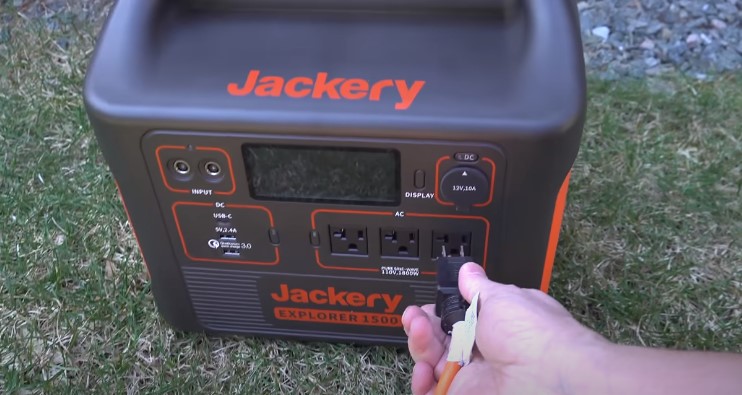
Location
The location of your property is a significant cost factor when it comes to dethatching a lawn. Different regions and areas may have varying price ranges for lawn care services, including dethatching. Factors such as local labor costs, availability of equipment, and market demand can influence the pricing.
In areas where the cost of living is higher, such as urban or densely populated regions, the cost of dethatching services may be comparatively higher. On the other hand, rural or less populated areas may offer more competitive pricing. Additionally, accessibility and transportation costs can also affect the overall cost.
If your property is located in a remote or hard-to-reach area, professionals may need to allocate additional time and resources, potentially leading to higher costs.

Clean Up
Clean up is an essential cost factor to consider when dethatching a lawn. After the dethatching process is complete, there is typically a significant amount of debris, including dead grass, thatch, and other organic matter that needs to be removed from the lawn.
The clean up process involves raking, bagging, and disposing of the collected debris properly. The extent of cleanup required depends on the size of the lawn and the amount of thatch removed. Larger lawns or those with a substantial buildup of thatch may generate a larger volume of debris, requiring more time and effort for clean up.
Additionally, if specialized equipment or vehicles are needed to transport the debris for disposal, it can add to the overall cost.
Additional Services
Additional services can be an important cost factor when considering dethatching a lawn. While dethatching focuses on removing the layer of thatch, other related services may be necessary to optimize the health and appearance of the lawn.
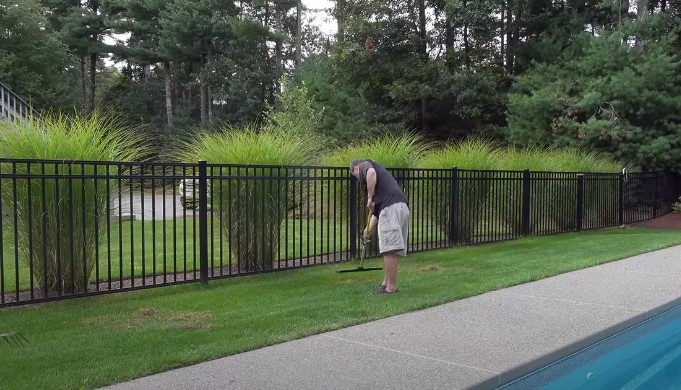
For example, overseeding or fertilization may be recommended after dethatching to promote new grass growth and improve the overall condition of the lawn. These additional services often incur separate costs, as they require additional time, materials, and expertise.
Similarly, if your lawn requires any repairs or adjustments, such as leveling or regrading, these services can contribute to the overall cost. It’s essential to consult with lawn care professionals to determine the specific needs of your lawn and the recommended additional services.
What is Lawn Dethatching?
Lawn dethatching is the process of removing the layer of thatch, which is a build-up of dead grass, roots, and debris that forms between the soil and the green vegetation. Thatch can hinder the health of the lawn by blocking water, nutrients, and air from absorbing the roots.
Dethatching involves using specialized tools or machines to break up and remove the thatch.

What Are the Benefits of Lawn Dethatching?
Lawn dethatching offers several benefits that contribute to the overall health and appearance of your lawn.
Firstly, dethatching helps to improve air circulation and ventilation within the soil. Excessive thatch can create a barrier that prevents proper air movement, which is essential for the health of the grassroots. By removing the thatch layer, dethatching promotes better airflow, allowing the roots to access the oxygen they need to thrive.
Secondly, dethatching enhances water penetration and drainage. Thatch can create a water-resistant barrier on the surface of the soil, leading to poor water absorption and drainage issues. This can result in water pooling, root suffocation, and the risk of disease.
Dethatching breaks up the thatch, allowing water to penetrate the soil more effectively, promoting healthier root growth, and preventing waterlogged areas. Another significant benefit of dethatching is improved nutrient absorption.
Excessive thatch can prevent nutrients from reaching the grassroots, hindering their growth and overall health.
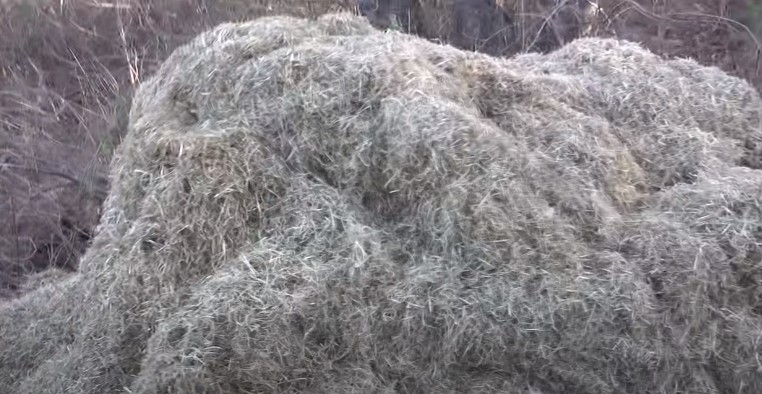
Dethatching opens up the soil and allows nutrients to reach the roots more efficiently, providing them with the essential elements they need to thrive. Dethatching also helps to reduce the risk of pests and diseases. Thick thatch can create a favorable environment for pests, such as insects and fungal pathogens, to thrive.
By removing the thatch, dethatching minimizes its habitat [1] and reduces the risk of infestations and diseases, resulting in a healthier and more resilient lawn. Additionally, dethatching enhances the aesthetic appeal of your lawn. A thatch-free lawn appears more lush, vibrant and well-maintained.
The removal of the thatch layer allows the grass blades to grow more freely, creating a smoother and more uniform appearance.
Conclusion
The cost of dethatching a lawn can vary based on factors such as labor, lawn size, topography, thatch amount, equipment choice, location, clean up, and additional services.
Considering these factors helps in estimating the overall cost and ensuring a well-planned approach to dethatching.

